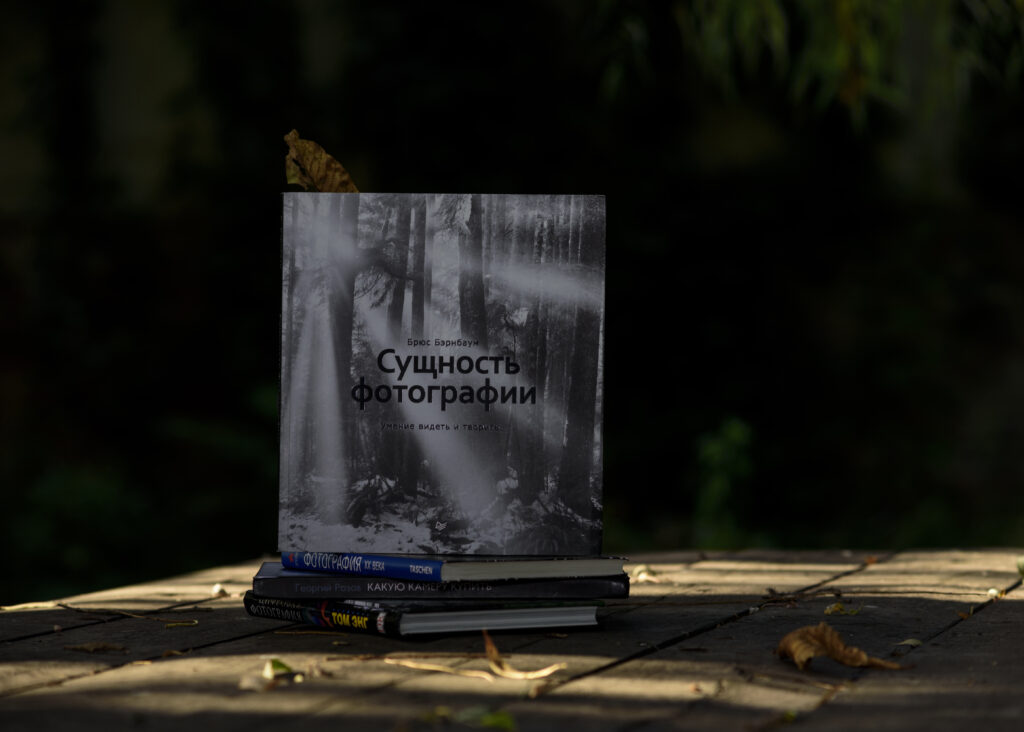
The author writes that this is a book about how to express yourself through photography in a way that really matters and even remains in history. It’s about using photography as a visual research laboratory. In doing so, you can use traditional film and darkroom, digital matrix and computers, a combination of the two, or another method that will result in a photographic image. This is a book about visual exploration, experimentation, and personal satisfaction. The book is about how, when faced with a photographic scene, created or found, to recognize the potential for personal expression in it. It’s about how to create photographs that can leave as deep a mark on history as those of Ansel Adoms, Brett Weston, Cornell Cap, Imogen Cunningham or Sebastian Salgado. This book is not about technical ideas that you might find in other books. This book is not about how to shoot simply because you can, with the tools or applications at your disposal. Finally, this is a book that will take time, effort and dedication from you to put it into practice. But if you love photography as much as the author loves it, then you will put the necessary time and effort into it. It teaches you to see lighting and the relationship between objects. Notes that it is just as important to find your subject and rhythm. As an example, he mentions Ansel Adams as a good landscape photographer, but not a portrait photographer who was attracted to the mountains. The best photographs of Adams are those of mountains and landscapes. In contrast to Adams, the author cites the example of August Sander, who could have been a good landscape photographer, but his best photographs are portraits of the German working class. The author writes that he began filming in the early 1960s when he was still a college student. Then his goal was to show where he went hiking in Sierra Nevada, California. He also describes the technique he used. Provides his photos in the book with a good description. Each photographer has his own individual «handwriting», which is developed over long months and even years.